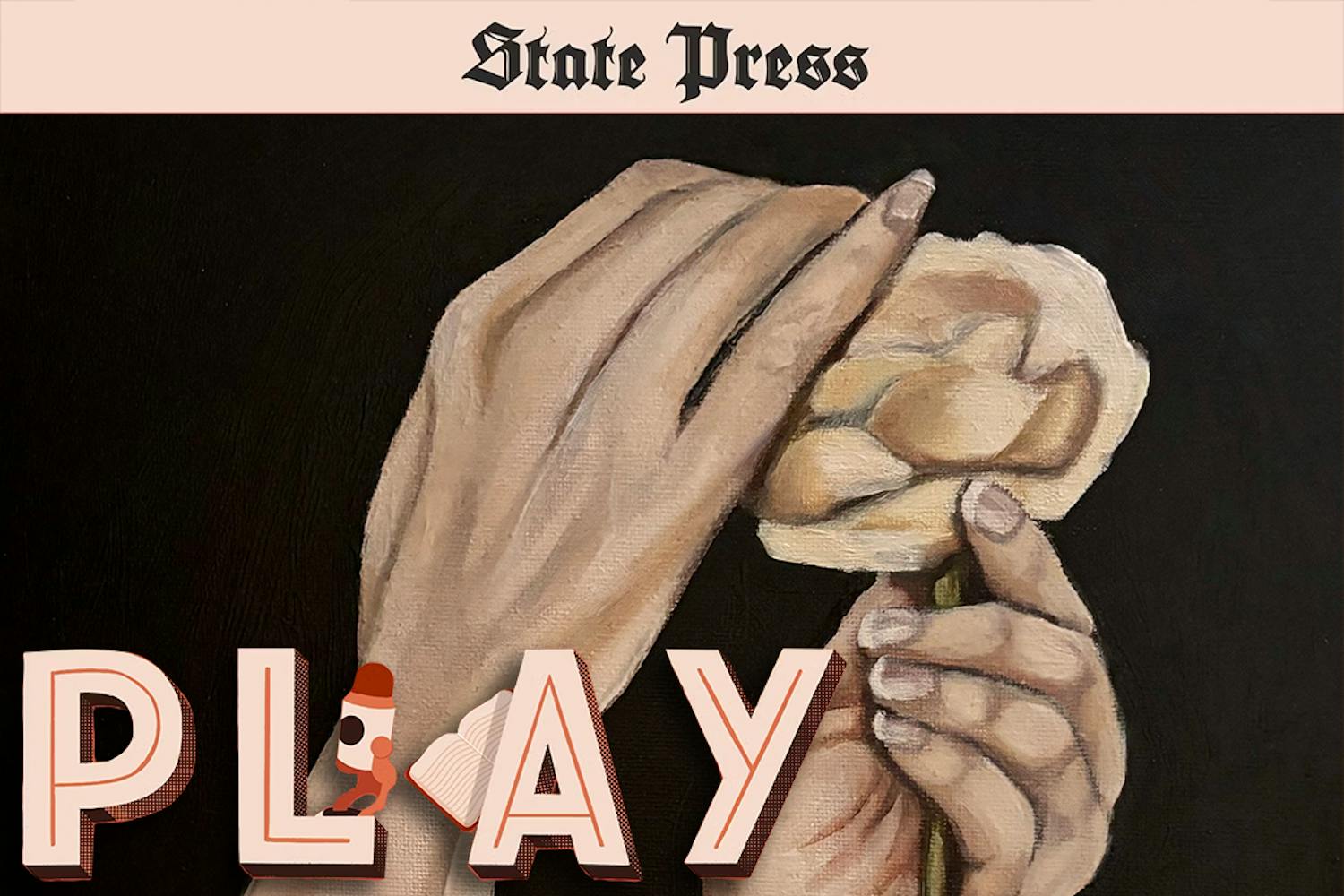ASU officials have set up a new Web site that details each aspect of the University's new tuition proposal.
The proposal asks for a fixed 5 percent increase in tuition starting next year and continuing each year for the next five years. The proposal is laid out in detail through graphs, comparison charts and budget figures. An outline of future goals can also be found at the Web site www.asu.edu/yourtuition.
The overall strategy of the site is to show students where their money is going, while providing them access to the University's "promises" to fulfill laid out goals for the school's future, said ASU President Michael Crow.
Among the promises, ASU is guaranteeing seat availability for all required undergraduate courses, promising financial aid options for all socio-economic backgrounds, and improving the advisement infrastructure.
No other university provides the extent of detail about their tuition proposal like ASU has made available through its Web site, Crow said.
"It's like we live on a remote desert island here," he said. "Nobody has any idea of what tuition is at other places; how much it costs to go to a research grade public university, so we thought we'd try to put up as much as possible."
Several charts on the Web site show comparisons to other peer institutions, such as Ohio State University and the University of Oklahoma.
The University Student Government, along with the Arizona Students' Association, offered their own version of a tuition proposal last month that asked for a government backed freeze in tuition costs over the next academic year.
But the fact that ASU is taking the initiative to offer a unique service through their Web site for students to take advantage of is imperative to educating the public, said Liz Simonhoff, USG president and a finance and political science senior.
USG has worked together with campus administration to come up with ways to better educate students about the proposal, Simonhoff added.
"You should know where your money is going," she said. "The thing (President Crow and I) ask each other is how do we educate students on the value of their degree."
ASU officials and USG both agree that educating students about where there money is going should be a top priority, Simonhoff said.
"I hope constituents make the effort to go out there and read this material so they can make an educated decision," she said. "Even though we have different proposals on the table, we're in a position where we need to educate."
The most important issue is relating these issues to students that may have concerns, but who are not aware they also have the resources to research their tuition costs, Simonhoff said.
English literature junior Alyssa Bachman said she was impressed by the information on the site, although it took her a while to find the information buried on the homepage.
"Having (the link) at the very bottom of the article in the same size font as the rest makes it tricky to find," she said. "You probably have to read through the article first and the actual site isn't linked to the home page, when that is the really useful part."
Bachman said the proposal and information reiterates what University officials have already been telling her.
But she said she has doubts about the University's promise to fulfill its goals in the proposal.
"As far as making me more comfortable with (the proposal), it still comes down to whether or not they will actually carry through on what they are promising to do with their tuition," she said.
Reach the reporter at daniel.oconnor@asu.edu



